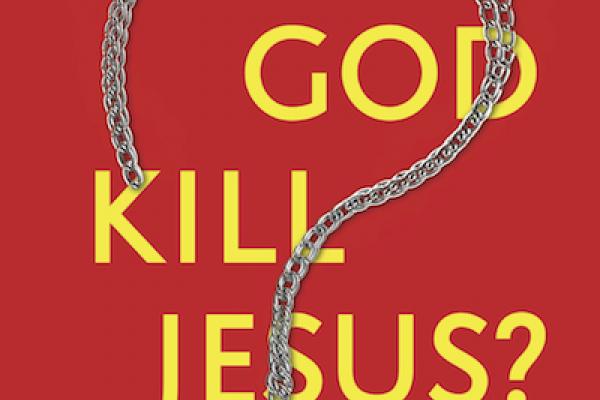It was the means of agonizing humiliation and execution and has adorned the banners of armies through which some of the most brutal violence was perpetrated in history. It is a symbol worn by the faithful and sometimes the fashionable. It has famously been described as a stumbling block and foolishness. The cross is central to the Christian faith — but what does it mean? And how could this symbol of weakness also be a source of strength for followers of Christ?
As Christians ponder the mystery and meaning of the cross and Christ’s resurrection in this Easter season, I read Tony Jones’ new book, Did God Kill Jesus? which explores and analyzes various atonement theories through history and culture and considers whether the most famous — penal substitutionary atonement — is really the most accurate. Although Tony and I do not necessarily share the same views, I realized that our perspectives are not as far off as I had thought. I recently had the opportunity to interview him about the book and how his study and meditation of the cross has shaped his understanding of the crucifixion and what that can mean for the faithful.
(This interview has been edited for length and clarity.)
JV: You touch a bit on this in the book (but for those who might not read it), what do you believe are the theological and social implications of holding to a belief in penal substitutionary atonement? Could you elaborate on what you think those implications are? And do you think there can be anything redemptive or beautiful in Christians holding to a substitutionary atonement theory of the crucifixion?
Read the Full Article

